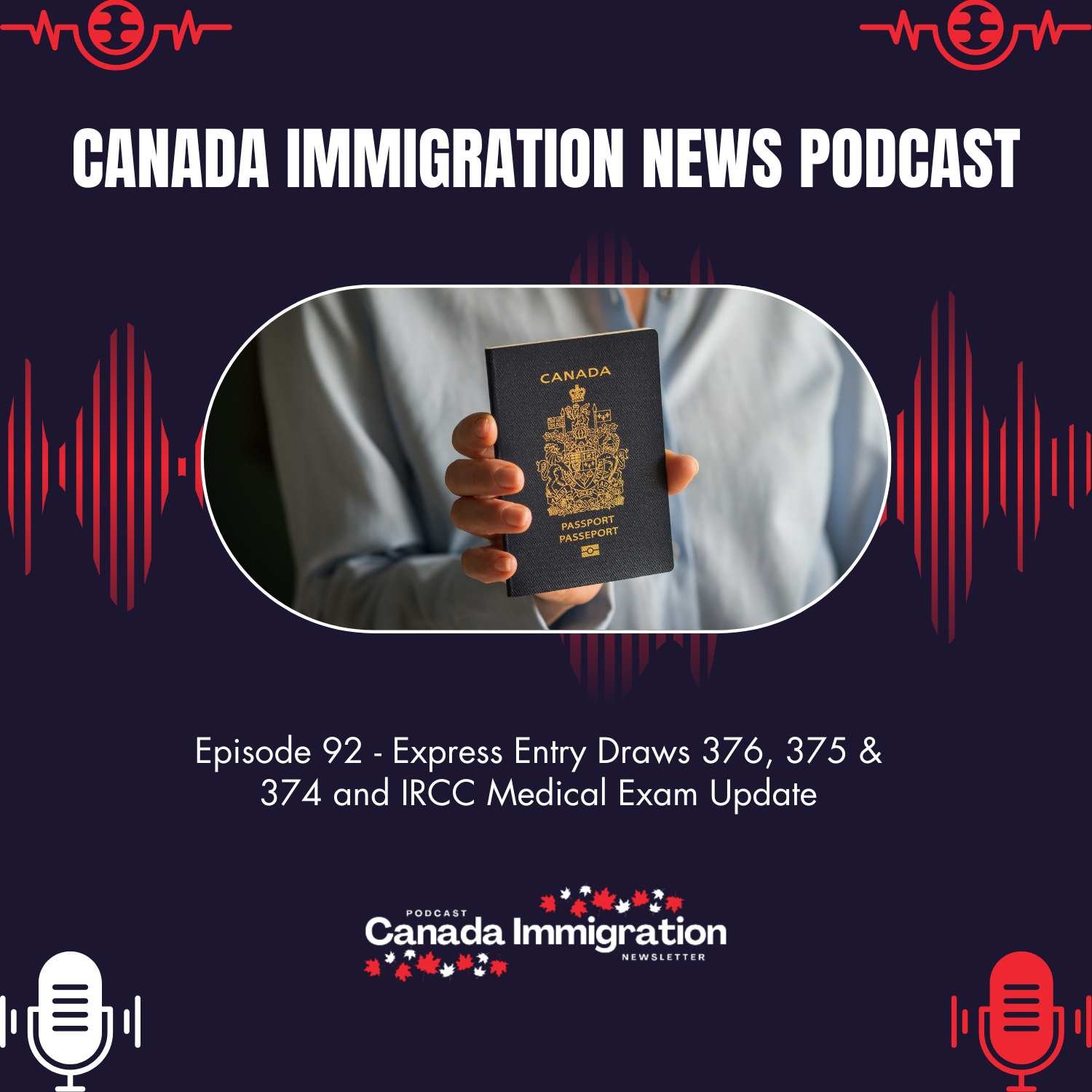Work in Canada
Canadian PGWP Approvals 2025 – Why a 30% Drop Is Likely and How to Stay Work-Ready After Graduation

If you’re studying in Canada or planning to, your first question is simple: Will I still be able to work here after graduation? New rules for the Post-Graduation Work Permit (PGWP) now set higher language standards, limit eligibility for some public–private partnership programs, and tie certain non-degree paths to specific fields of study. Add the national cap on new study permits and you get one clear signal: fewer approvals, more selectivity, sharper planning.
Early 2025 data points to a steep pullback. Industry tallies and government trends suggest Canadian PGWP approvals 2025 could fall by about 30% versus last year. Below, we break down what changed, who is most affected, and the exact steps that can keep you on track for Canadian work experience.
At a Glance: Where the PGWP Stands Right Now
- Projected total approvals 2025: ~143,600 (about −30% year over year).
- H1 2025 approvals: ~75,000 (−29% vs. H1 2024).
- Steepest monthly dips: May and June (both −56%+ year over year).
- By study level (H1 2025):
- College: ~65% of approvals; mildest decline so far.
- Undergrad: sharper fall; lowest success rate among levels.
- Master’s: down ~31% vs. H1 2024.
- By field (H1 2025): Business holds the largest share; STEM and Health face sharper declines in volume.
Big picture: the shift is structural, not seasonal. Policies are re-shaping who qualifies and when.
What Changed in the Rules (Plain and Simple)
| Policy lever | What it means for you | Practical tip |
| Language standards | Higher bands lead to stronger PGWP-eligible profiles. | Re-sit tests if you’re close to the next CLB tier. |
| PPP college limits | Some programs no longer lead to PGWP. | Confirm PGWP status before you accept an offer. |
| Field tie-ins for non-degree | Certain diplomas must map to approved fields. | Align your study plan with listed fields and real jobs. |
| Study-permit cap (spillover) | Fewer new students → fewer future PGWPs. | Apply early; keep documents complete and verifiable. |
Who is Most Affected by Level and Field
By Study Level
- Colleges: Still the largest share of approvals in H1 2025. But many approvals reflect students who started before the newest rules. Expect a deeper fall for future intakes if program choices do not meet PGWP criteria.
- Undergraduate programs: Sharper declines and the lowest success rate across levels. Universities may need to double down on co-ops, applied projects, and employer links to protect career outcomes.
- Master’s: Noticeable drop as stricter screening and course mixes affect eligibility timing.
By Field of Study
- Business/Management: Largest share of approvals in H1 2025, yet still down in volume.
- STEM and Health: Bigger declines year over year. That matters for Canada’s skills pipeline and for students targeting in-demand roles. Expect policy interest to lean toward fields that ease labour shortages, but proof of fit will matter.
Why this Matters for Canada
Canada relies on skilled graduates for growth in health, tech, trades, and more. When Canadian PGWP approvals 2025 fall, fewer new grads enter the workforce. That can slow hiring in sectors already short of talent. For students, the path is narrower but still open. With the right program choices, stronger language results, and early planning, you can still turn a Canadian education into Canadian work experience.
How to Stay PGWP-Eligible and Job-Ready
Before You Apply
- Confirm PGWP eligibility for your exact program and campus (not just the school).
- Map your NOC code to your field and target province.
- Budget for higher proof-of-funds and living costs; keep documentation tight.
While You Study
- Aim for the next CLB band in your language test; it can be decisive.
- Secure co-op/internships tied to your NOC; track duties and hours.
- Keep full-time status (except permitted breaks). Maintain a valid status at all times.
As You Near Graduation
- Order official transcripts/letters early. Confirm your program completion date.
- File PGWP as soon as you’re eligible; watch the 180-day rule.
- Line up a job offer that matches your NOC skill profile; save pay stubs and contracts.
Common PGWP Pitfalls and Fast Fixes
| Pitfall | Risk | Fast fix |
| Choosing a non-eligible program | No PGWP | Check IRCC program rules and the school’s PGWP page before paying tuition. |
| Weak language band | Lower odds | Retake test; target the next CLB level to boost overall profile strength. |
| Gaps in full-time status | Ineligibility | Speak to your registrar; keep proof of full-time enrolment and authorized breaks. |
| Late or incomplete PGWP file | Refusal or loss of status | Use a filing checklist; submit within the 180-day window with full documents. |
Success is Still Possible – Plan Early, Study Smart, Document Well
The outlook for Canadian PGWP approvals 2025 is tighter, with an expected 30% decline. But the core route remains in place for students who plan ahead—eligible programs, higher language bands, and solid work links. With precise choices and full files, you can still study in Canada and move into real Canadian work.
Canada’s evolving PGWP framework isn’t just about tightening eligibility; it’s about building a sustainable pathway for students who can actively contribute to Canada’s workforce. By refining the system, IRCC aims to ensure that the transition from education to employment directly supports labour market priorities in healthcare, technology, and skilled trades. While these changes have led to fewer PGWP approvals, they are also driving higher-quality matches between graduates and job opportunities in Canada. For students who align their studies with high-demand occupations, the prospects remain strong.
Moreover, these shifts reinforce the long-term goal of maintaining Canada’s reputation as a top education and immigration destination, one that balances student opportunity with economic need.
The projected 30% drop in Canadian PGWP approvals in 2025 marks a defining moment for students and institutions alike. Canada remains open but selective. With careful planning, verified advice, and informed program choices, international graduates can still find success in this evolving environment.
Your next step should be staying ahead with the latest Canada Immigration News and secure your pathway to Canadian work and residency.























